Pollution And It's Solution
Jun 22, 2019 • 25 views
The whole world needs to know about pollution and take steps to reduce it, because the negative effects of pollution are serious and potentially fatal. All types of pollution are detrimental to human health and wildlife and contribute to climate change, which puts the entire planet in danger. Knowledge is power, so learning about the effects of pollution is crucial to make changes for the better.
Greenhouse gases, like fossil fuels released by vehicles and factories, and methane, released by livestock, contribute to air pollution and add to climate change by raising the earth's temperature. In a vicious circle, climate change then makes a certain type of air pollution worse. A reaction between combusting fossil fuel emissions and sunlight creates smog, a yellowish or blackish fog also known as "ground level ozone." Climate change also creates more allergenic air pollutants, such as mold caused by damp conditions and pollen caused by a longer pollen season and increased pollen production.
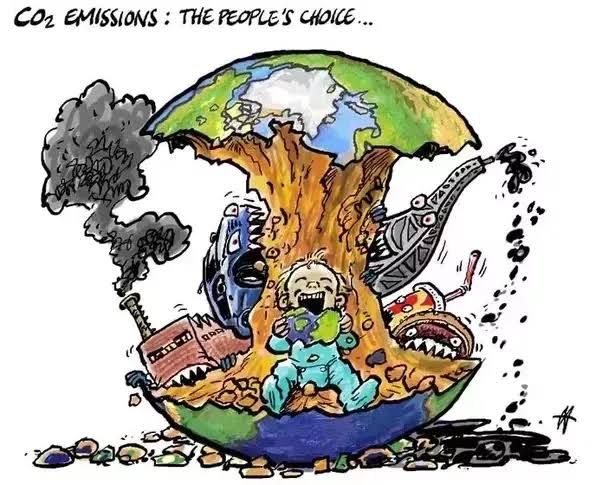
Air Pollution Effects
Greenhouse gases, like fossil fuels released by vehicles and factories, and methane, released by livestock, contribute to air pollution and add to climate change by raising the earth's temperature. In a vicious circle, climate change then makes a certain type of air pollution worse. A reaction between combusting fossil fuel emissions and sunlight creates smog, a yellowish or blackish fog also known as "ground level ozone." Climate change also creates more allergenic air pollutants, such as mold caused by damp conditions and pollen caused by a longer pollen season and increased pollen production.
Air pollution can have a serious heath impact on humans. If you are exposed to very high levels of air pollutants, you may experience irritation of the eyes, nose and throat, wheezing, coughing and breathing problems and have a greater risk of heart attacks. Air pollution can also exacerbate existing lung and heart conditions, like asthma. Smog can irritate the eyes and throat and also damage the lungs. Children, senior citizens and people who work or exercise outside are at a greater risk. Those most at risk are people with asthma or allergies because pollutants can make their symptoms worse and trigger asthma attacks.
Across the world, climate change leads to more drought, heat waves, rising sea levels, storms, warming oceans and rising sea levels, which affect animal species by destroying their natural habitats.

Soil pollution effects
Pollutants in soil, most often from industrial sources, deforestation and improper waste disposal, put animals and plants in danger. Soil polluted by chemicals eventually becomes infertile and unable to support crops and other plant life. This hinders food production and can lead to malnourishment in local communities. If soil pollutants produce contaminated food, anyone who eats it may become ill. Toxic soil may also cause illness through skin contact or inhalation.
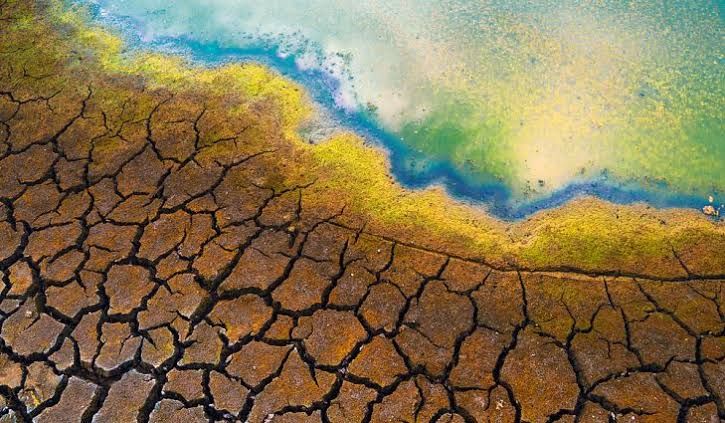
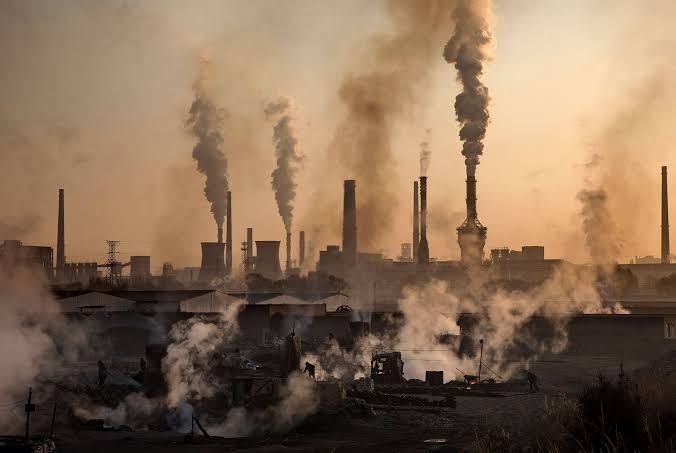
Water pollution effects
Pollutants in water resulting from trash, oil spills, sewage spills and run-off from agricultural fields, construction sites and factories affect native plant and animal species. Drinking contaminated water caused by sewage overflow may ca
use
sickness and digestive problems in humans. Pollutants such as mercury in f
ish and seafood can lead to serious health problems, especially in children and pregnant women.
When water is poisoned, many animals die. Six months after the 2010 BP oil spill, which affected 16,000 miles of U.S. coastline, over 8,000 animals were reported dead. Animals are also often injured or killed by solid waste discarded in water.
In the United States 40% of rivers and 46% of lakes are too polluted for fishing, swimming, and aquatic life. Not surprising though when 1.2 trillion gallons of untreated storm water, industrial waste, and untreated sewage are being discharge annually into American waters.
One-third of the topsoil in the world is already degraded, and with the current rate of soil degradation caused be improper agricultural and industrial practices, and deforestation, most of the world’s topsoil could be gone within the next 60 years.

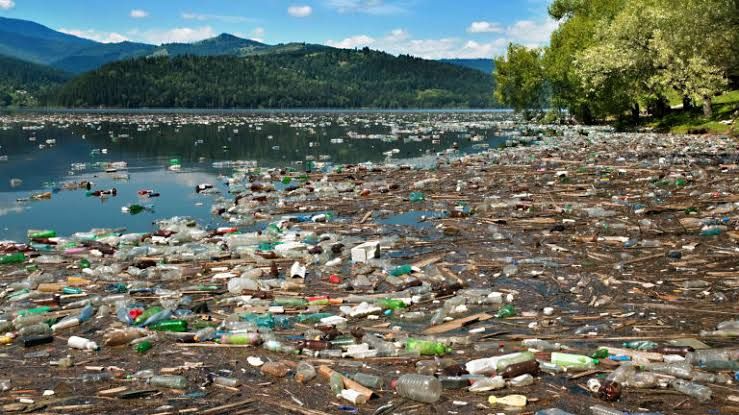
Noise and light Pollution effects
Noise is considered an environmental pollutant caused by household sources, social events, commercial and industrial activities, and transportation.
Light pollution is caused by the prolonged and excessive use of artificial lights at night that can cause health problems in humans and disrupt natural cycles, including wildlife activities. Sources of light pollution include electronic billboards, night sports grounds, street and car lights, city parks, public places, airports, and residential areas.

Solution to Pollution:
Gas emission pollution is being mitigated in a variety of ways with car emission control,electric and hybrid vehicles and public transportation systems. Not all major cities have successful implementation and decent public transportation in place, but the world is working on this issue constantly and we have managed to reduce emissions profoundly over the last decade. There is much catching up to do.
The cost of radioactive power plants is becoming apparent and the days of coal power plants are nearly dead. The radiation is a serious issue. Radioactive leakage from power plants and nuclear testing have already contaminated oceanic life to such a degree that it will take hundreds of years to return to normal. More radiation solutions are in the works with variousecologically friendly power technologiesbeing built every day.
Solar power is a fantastic solution. Now that solar radiation is at a climactic peak, we can reap power from the sun using solar panel systems. These range from home systems to larger scale systems powering entire communities and cities.
Wind power is coming into play. This may not seem like much at first, but when you get about 100 feet off the ground, there is a great deal of wind up there. By building wind turbines to harvest natural wind energy, electricity is produced. Wind turbine power and solar power are both powerful forces against fossil fuel power and radioactive power. The one problem here is power companies. They want to stay with radioactive power plants because they actually can’t be removed. It has become the crusades of many individuals and small corporations to make the switch and there are plenty of people following this as populations cry out for help.
Electromagnetic radiation (ER) reduction. Once major manufacturers of computers and electronic devices realized the blatant potential for huge ER emissions directly into the eyes and brains of users, they started to implement hardware protocols to minimize risks and reduce ER production significantly. Newer devices are in the lead to knock this problem out and, fortunately, this is working.
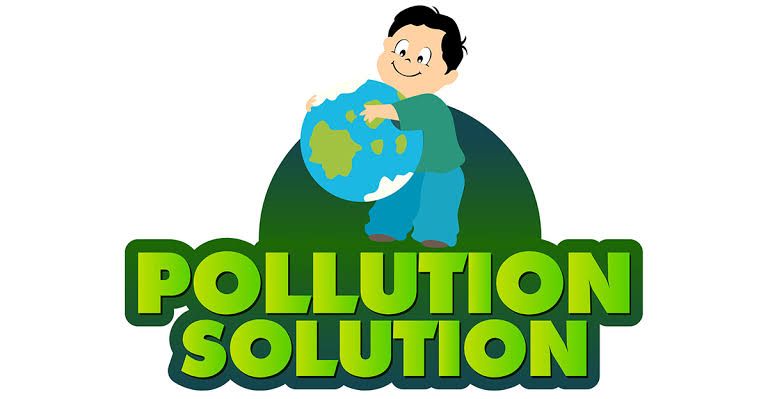

Also, the Environmental Protection Agency (EPA) is well aware of all leaks and tricks industries are using to dump wastes. This agency now has extremely strict protocols and testing procedures implemented against such facilities so populations are not affected. Additionally, the EPA is measuring air pollution and implementing regulatory procedures for vehicle emissions. They also monitor pollen issues and, with the help of the Centers for Disease Control (CDC), they implement solutions to reduce pollen in the air.
Dropping pollen counts is a major focus for EPA and CDC activities. Asthma and other allergic conditions are flooding medical care facilities and pharmaceutical companies with serious public health problems. The response has been swift and various methods to control emissions and reduce pollen counts are in the works. Children and elderly people are at the highest risk for environmental pollution related health problems. The good news is we are directly on the horizon to cut down the causes and risks while providing practical health solutions for the general public throughout the world.
